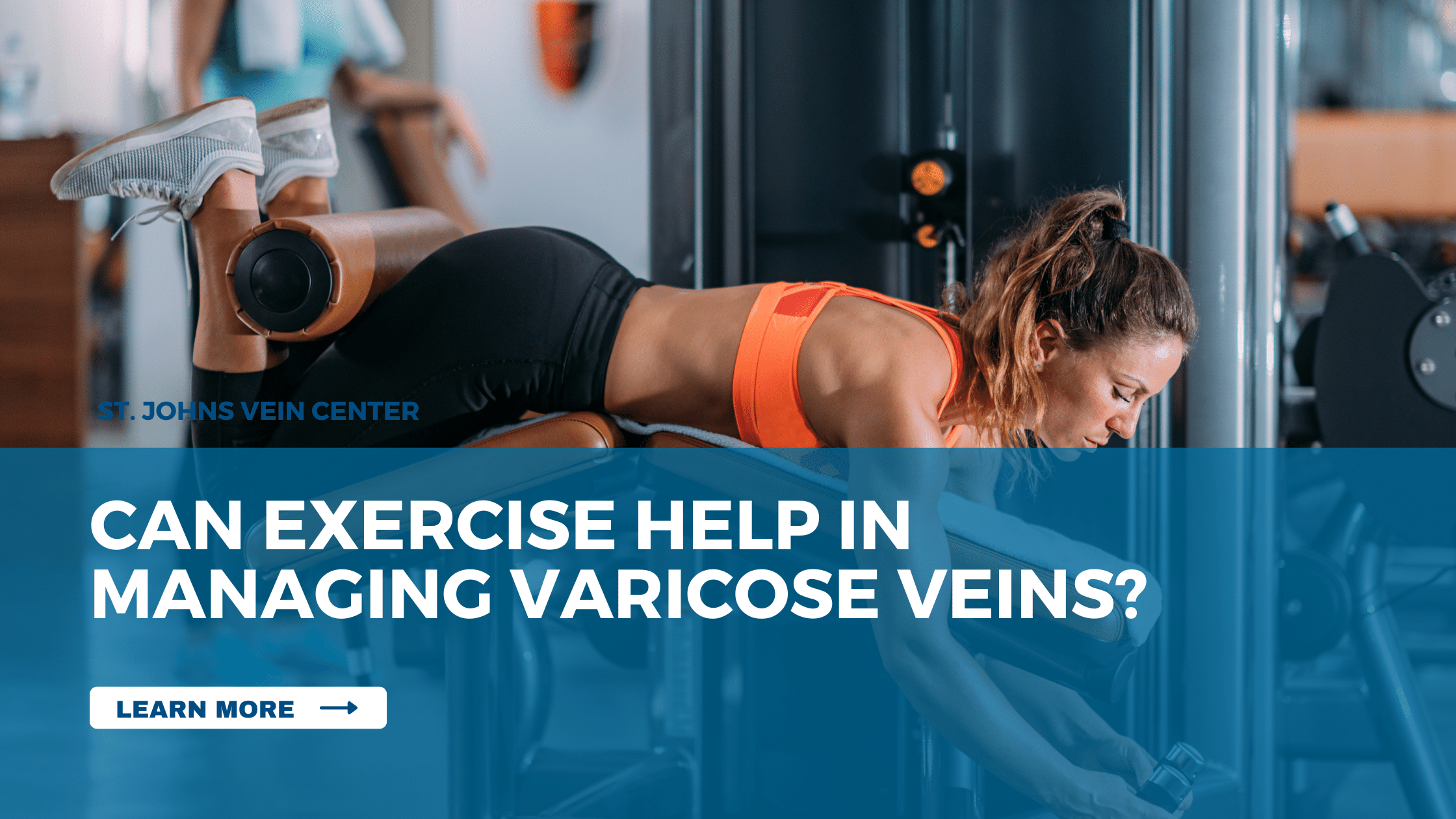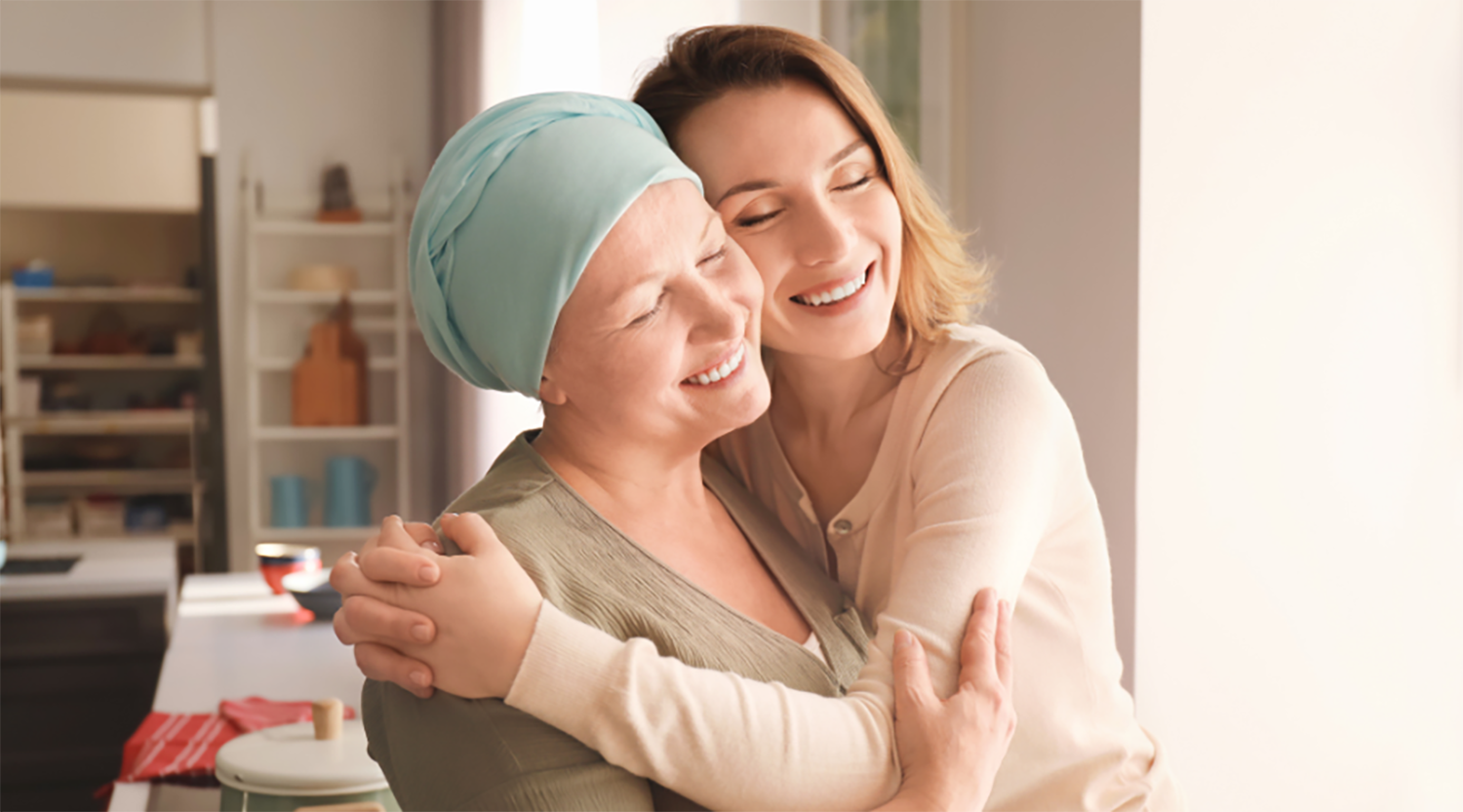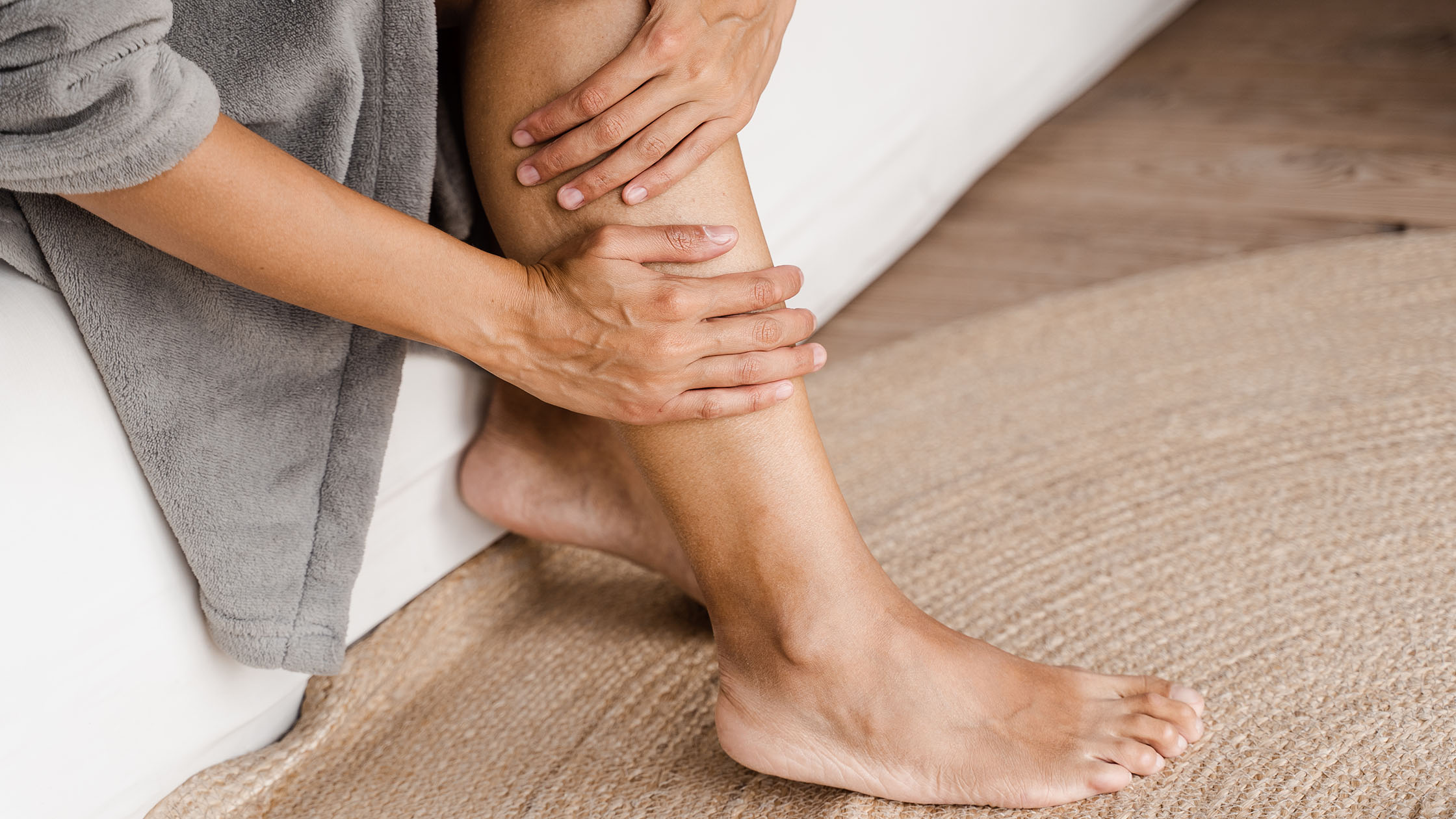Varicose veins are a common condition that affects many individuals, causing discomfort and concerns about their appearance. While exercise cannot cure varicose veins, it can play a valuable role in managing the symptoms and promoting overall vein health. This comprehensive guide will explore the relationship between exercise and varicose veins, debunk common myths, provide helpful truths, and discuss the available treatment options. Let’s dive in! Understanding Varicose Veins
Varicose veins occur when the valves within the veins, responsible for ensuring blood flow in one direction, become weakened or damaged, leading to blood pooling and the bulging of veins on the skin’s surface. This condition primarily affects the legs and can cause pain, aching, swelling, and a feeling of heaviness or tiredness. Various factors contribute to the development of varicose veins, including genetics, hormonal changes, obesity, and prolonged periods of sitting or standing.
The Role of Exercise in Varicose Vein Management
Myth: Exercise Makes Varicose Veins Worse
Contrary to popular belief, exercise does not exacerbate varicose veins or contribute to their development. Exercise is beneficial for vein health as it improves circulation and strengthens the muscles pumping blood back to the heart. Regular physical activity can help alleviate symptoms, prevent further vein damage, and promote overall well-being.
Truth: Exercise Enhances Blood Circulation
Engaging in moderate-level exercises, such as walking, gentle jogging, swimming, or cycling, can significantly improve blood circulation in the legs. These activities stimulate the calf muscles, crucial in pumping blood against gravity. Stronger calf muscles help propel blood upward, reducing the pooling and pressure in the veins. Additionally, regular exercise promotes the growth of new blood vessels, further enhancing vein health.
Myth: Exercise Can Cure Varicose Veins
While exercise offers numerous benefits for vein health, it is essential to note that it cannot cure varicose veins. Once damaged, the veins require medical intervention to address the underlying issues. However, exercise can help manage symptoms, slow the condition’s progression, and complement the prescribed treatment options.
Truth: Exercise as Symptom Management
Regular exercise can alleviate the discomfort associated with varicose veins. By improving blood circulation and reducing swelling, exercise can relieve pain, aching, and feelings of heaviness or fatigue. However, it is essential to choose low-impact exercises that do not put excessive strain on the veins and exacerbate symptoms.
Recommended Exercises for Varicose Vein Management
When incorporating exercise into your varicose vein management routine, focusing on low-impact activities that promote blood flow without causing excessive strain on the veins is crucial. Here are some recommended exercises:
- Walking
Walking is a simple yet effective exercise for promoting blood circulation and strengthening leg muscles. Start with shorter distances and gradually increase the duration and intensity of your walks. Aim for at least 30 minutes of brisk walking most days of the week.
- Swimming
Swimming is a fantastic low-impact exercise that provides a full-body workout while reducing pressure on the veins. The buoyancy of the water helps alleviate the strain on the legs, making swimming an excellent choice for individuals with varicose veins.
- Cycling
Cycling, whether on a stationary bike or outdoors, is another low-impact exercise that improves circulation and strengthens leg muscles. It allows you to control the intensity and duration of your workout, making it suitable for individuals of varying fitness levels.
- Yoga
Yoga combines gentle stretches, controlled breathing, and relaxation techniques, making it beneficial for varicose vein management. Yoga poses that elevate the legs, such as the Legs-Up-The-Wall pose, can help reduce swelling and improve blood flow.
- Leg Lifts and Lunges
Simple leg lifts, and lunges can be performed at home to strengthen leg muscles and improve circulation. Lie flat on your back and lift one leg at a time, holding it in the air for a few seconds before switching legs. Lunges involve: Stepping forward with one leg, Bending the knee, and Returning to the starting position.
Consider your healthcare provider or a vein specialist before starting any exercise program, especially if you have severe varicose veins or other underlying health conditions.
Treatment Options for Varicose Veins
While exercise is supportive in managing varicose veins, it is essential to seek professional treatment for long-term relief and prevent the condition from worsening. A vein specialist can assess your needs and recommend the most appropriate treatment options. Here are some common treatments for varicose veins:
- Sclerotherapy
Sclerotherapy involves injecting a sclerosant solution into the affected veins, causing them to collapse and fade over time. This minimally invasive procedure is effective for treating minor to medium-sized varicose veins.
- Endovenous Laser Ablation (EVLA)
Endovenous laser ablation is a procedure that uses laser energy to heat and seal off the damaged veins. It is particularly effective for more prominent varicose veins and provides long-lasting results with minimal downtime.
- Radiofrequency Ablation (RFA)
Radiofrequency ablation is similar to EVLA but uses radiofrequency energy to heat and close off the diseased veins. It is a safe and effective treatment option for varicose veins.
- VenaSeal
VenaSeal is a newer treatment option using a medical adhesive to seal the damaged veins. This minimally invasive procedure provides immediate closure of the treated veins.
Your vein specialist will determine the most suitable treatment based on your varicose veins’ severity and overall health.
Conclusion
While exercise cannot cure varicose veins, it plays a crucial role in managing symptoms, improving blood circulation, and promoting overall vein health. Engaging in low-impact activities, such as walking, swimming, cycling, and yoga, can alleviate discomfort and slow the condition’s progression. However, consulting with a healthcare professional or vein specialist for a comprehensive treatment plan tailored to your specific needs is essential. By combining exercise with professional treatment options, you can effectively manage varicose veins and improve your overall quality of life.
Remember, taking care of your vein health is essential for your well-being. If you are experiencing symptoms or have concerns about varicose veins, contact a qualified vein specialist who can provide personalized care and recommend the most appropriate treatment options.




